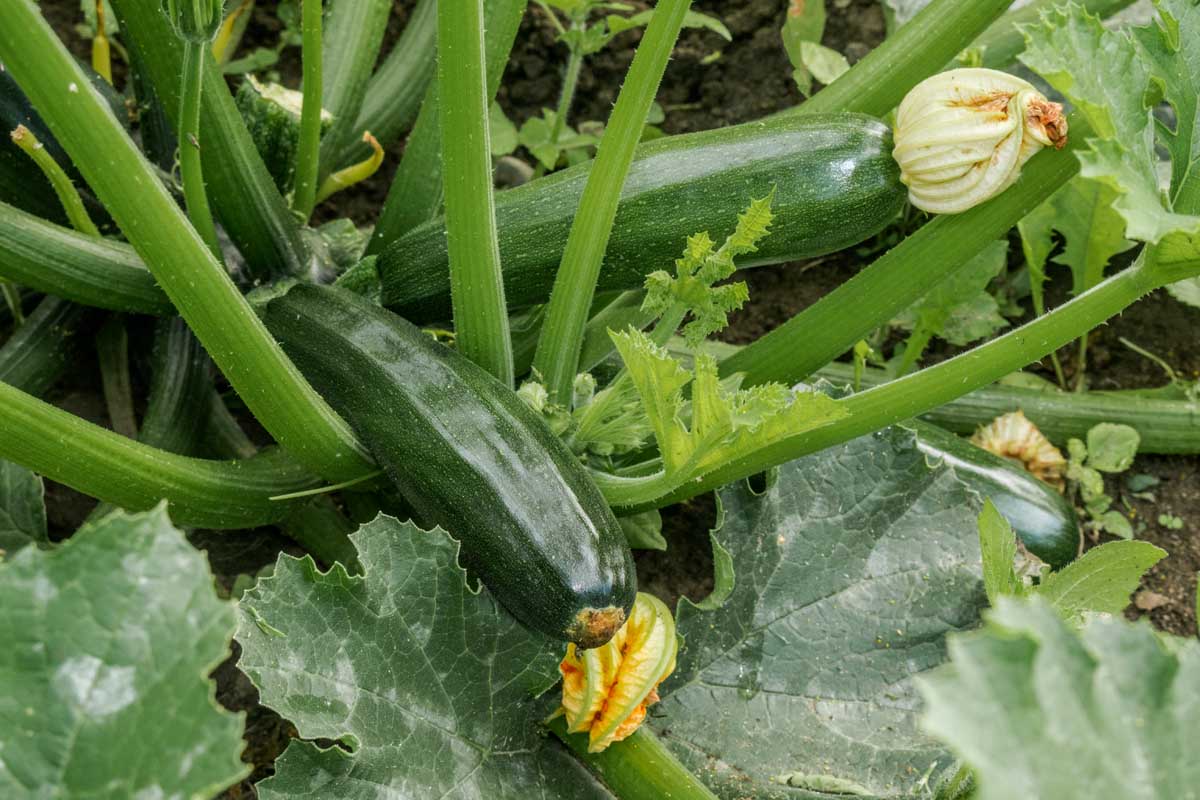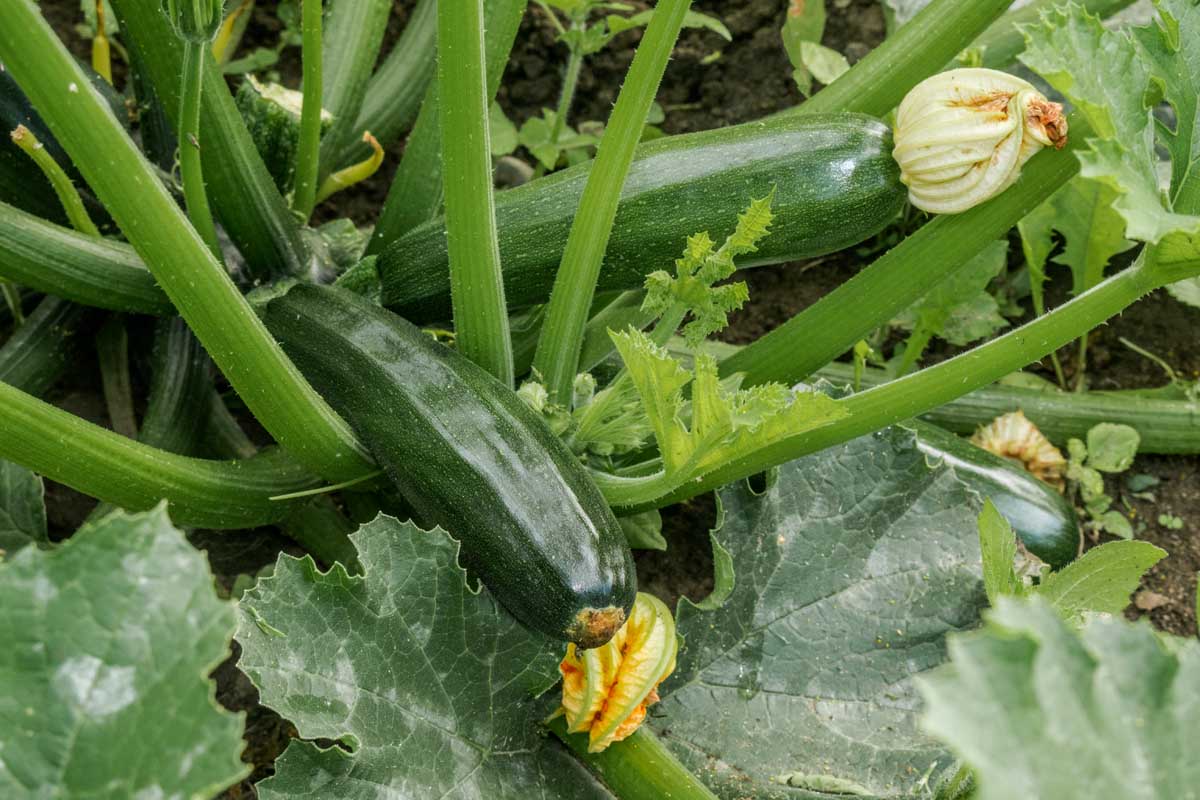If you’re a proud owner of zucchini plants or thinking of growing them, understanding their water needs is essential for their successful growth. Determining the right amount of water for your zucchini plants can be a bit tricky, as both under-watering and over-watering can have detrimental effects on their health. In this article, we’ll explore effective ways to assess the precise water requirements of zucchini plants, helping you provide them with the optimal moisture levels they need to thrive. So, let’s get started and ensure your zucchini plants receive the perfect amount of hydration for abundant growth!
Factors Affecting Water Needs of Zucchini Plants
Climate
The climate in which your zucchini plants are growing plays a crucial role in determining their water needs. Zucchini plants thrive in warm weather, with temperatures between 70 to 90 degrees Fahrenheit being optimal for their growth. In hot and arid climates, these plants tend to require more frequent watering to compensate for the increased evaporation rate. On the other hand, in cooler and more humid climates, zucchini plants may require less water as the moisture in the air helps to keep the soil adequately hydrated.
Stage of Growth
The stage of growth of your zucchini plants also influences their water requirements. During the initial stage of planting and establishing roots, zucchini plants need regular moisture to support their growth. As they transition into the flowering and fruiting stage, their water needs increase even further. This is when the plants are actively producing fruits, and they require ample hydration to develop and mature. It is essential to adjust your watering practices accordingly to meet the water demands at each stage of growth.
Root Depth
Understanding the root depth of zucchini plants is crucial for determining their water needs. The root system of these plants tends to be shallow, extending about 6 to 8 inches into the soil. As a result, it is vital to provide consistent moisture to the topsoil where the majority of the roots are located. Avoiding waterlogging the soil beneath the root zone is equally important to prevent the development of root rot. By focusing your watering efforts on the topsoil and ensuring proper drainage, you can cater to the specific water needs of zucchini plants.
Soil Type
The soil type in which your zucchini plants are growing can significantly impact their water requirements. Well-draining soil, such as sandy or loamy soil, allows excess water to drain away, reducing the risk of waterlogged roots. In contrast, clay soil tends to retain water and can easily become waterlogged if not properly managed. Understanding the water-holding capacity and drainage characteristics of your soil is essential in determining how often and how much to water your zucchini plants.
Determining the Watering Schedule
Observing Soil Moisture
One effective method to determine the watering needs of zucchini plants is by observing the moisture level of the soil. Stick your finger about an inch into the soil to check if it feels moist or dry. If it feels dry, it is an indication that your zucchini plants require watering. Additionally, you can use a moisture meter to measure the moisture content of the soil accurately. Regularly monitoring the soil moisture will help you establish a watering schedule that ensures your zucchini plants receive the right amount of water.
Checking the Weather
Keeping an eye on the weather forecast can provide valuable insights into when and how much to water your zucchini plants. If rainfall is expected within the next few days, you may be able to adjust your watering schedule accordingly, reducing the amount of supplemental watering needed. Conversely, if a period of drought or high temperatures is predicted, you might need to increase the frequency or duration of watering to prevent soil drying out and stressing your zucchini plants.
Watering Frequency
The watering frequency for zucchini plants can vary depending on several factors, including climate, soil type, and stage of growth. In general, it is advisable to water your zucchini plants deeply and thoroughly, providing enough water to penetrate the root zone. This helps promote healthy root development and reduces the need for frequent watering. Aim to water your zucchini plants about an inch per week, adjusting the frequency as needed based on the factors mentioned earlier. Remember, consistency is key to maintaining optimal soil moisture levels.
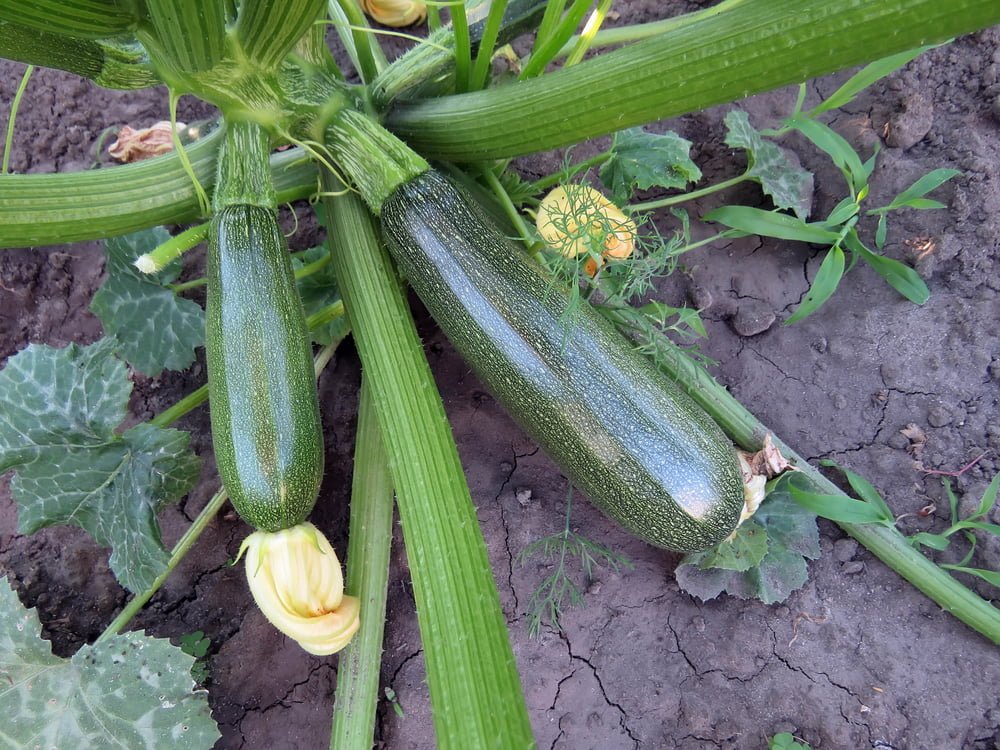
Signs of Underwatering
Wilting Leaves
One of the most evident signs of underwatering in zucchini plants is wilting leaves. When plants do not receive sufficient water, they are unable to maintain turgidity, leading to droopy and wilted leaves. In the case of zucchini plants, the leaves may appear limp and may not recover even after the sun goes down or after watering. If you notice your zucchini plants wilting despite other optimal conditions, it may be a sign that they need more water.
Yellowing Leaves
Lack of adequate water can cause the leaves of zucchini plants to turn yellow. This is often a response to water stress, where the plant prioritizes water distribution to essential parts, such as the roots, at the expense of the foliage. Yellowing leaves may indicate that your zucchini plants are not receiving enough water to sustain their growth. Regularly inspect your plants for this sign and adjust your watering practices accordingly.
Slow Growth
If your zucchini plants are not growing at the expected rate, it could be an indication of inadequate water supply. Insufficient water restricts nutrient uptake and slows down various physiological processes within the plant. As a result, the overall growth and development of your zucchini plants may be noticeably stunted. If you notice sluggish growth, it is essential to ensure your plants receive enough water to support their thriving.
Signs of Overwatering
Yellow or Droopy Leaves
While underwatering can negatively impact zucchini plants, overwatering can be equally detrimental. If you notice yellow or droopy leaves in your zucchini plants, it may be a sign of overwatering. Excessive water can cause the roots to become deprived of oxygen, leading to stress and poor nutrient absorption. The leaves may lose their healthy green color and appear pale or yellowish. Adjust your watering practices and allow the soil to dry out between watering sessions to avoid overwatering.
Root Rot
Overwatering can create conditions that are ideal for the development of root rot, a fungal disease that affects plant roots. Excessive moisture in the soil creates an anaerobic environment, reducing the oxygen availability to the roots. This, combined with the presence of damp soil, encourages the growth of root-rotting fungi. If your zucchini plants show signs of wilting, stunted growth, and rotting roots, it is essential to address the issue promptly by reducing watering and improving soil drainage.
Stunted Growth
In addition to wilting and root rot, overwatering can also lead to stunted growth in zucchini plants. Too much water suppresses the roots’ ability to absorb nutrients effectively, leading to nutrient deficiencies and hindered growth. If your zucchini plants are not growing as vigorously as expected, despite having favorable conditions such as sunlight and proper fertilization, overwatering may be the underlying cause. Proper watering practices, ensuring well-drained soil, can help mitigate stunted growth.

Watering Techniques for Zucchini Plants
Deep Watering
Deep watering is a recommended technique for effectively hydrating zucchini plants. This method involves applying water directly to the soil in a slow and deliberate manner, allowing it to penetrate deep into the root zone. Shallow watering creates a shallow root system, making the plants more susceptible to drought stress. Deep watering, on the other hand, encourages the roots to grow downwards, accessing moisture deeper in the soil and promoting overall plant health.
Water at the Base
When watering your zucchini plants, it is essential to aim for the base of the plant rather than watering the foliage. Watering the foliage increases the risk of fungal diseases and can lead to moisture-related issues, such as sunburn on wet leaves. By directing the water towards the base of the plant, you can ensure that the roots receive the water they need while minimizing the potential for foliar diseases.
Mulching
Mulching the soil around your zucchini plants can help retain moisture, reduce weed growth, and maintain a more stable soil temperature. Organic materials such as straw, wood chips, or compost make excellent mulch for zucchini plants. Applying a layer of mulch around the base of the plants helps prevent excessive evaporation, conserves moisture, and promotes a healthy root environment. Mulching also aids in weed suppression, reducing competition for water and nutrients.
Irrigation Methods for Zucchini Plants
Drip Irrigation
Drip irrigation is an efficient method of watering zucchini plants, particularly in large-scale or garden bed settings. This irrigation system delivers water directly to the root zone, minimizing water loss through evaporation and reducing foliar diseases. Drip irrigation systems consist of small tubes with emitters that allow water to slowly drip into the soil near the plant’s roots. This method ensures that water is supplied precisely where it is needed, promoting optimal plant growth while conserving water.
Sprinkler Irrigation
Sprinkler irrigation is a commonly used method for watering zucchini plants, especially in larger areas. This system involves overhead sprinklers that distribute water over the plants in a similar manner to rainfall. While it may not be as efficient as drip irrigation, sprinklers are beneficial for cooling the foliage during hot weather and can provide uniform coverage to a wide area. However, it is important to avoid excessive watering and adjust the sprinklers to reduce water waste.
Hand Watering
Hand watering is a more traditional and personal approach to watering zucchini plants. Using a watering can or a hose with a nozzle attachment, you can directly control the amount and location of water applied to your plants. Although hand watering requires more effort and time, it allows for a closer connection with your plants and enables you to give individual attention to each zucchini plant. This method is particularly useful for potted zucchini plants or small garden settings.
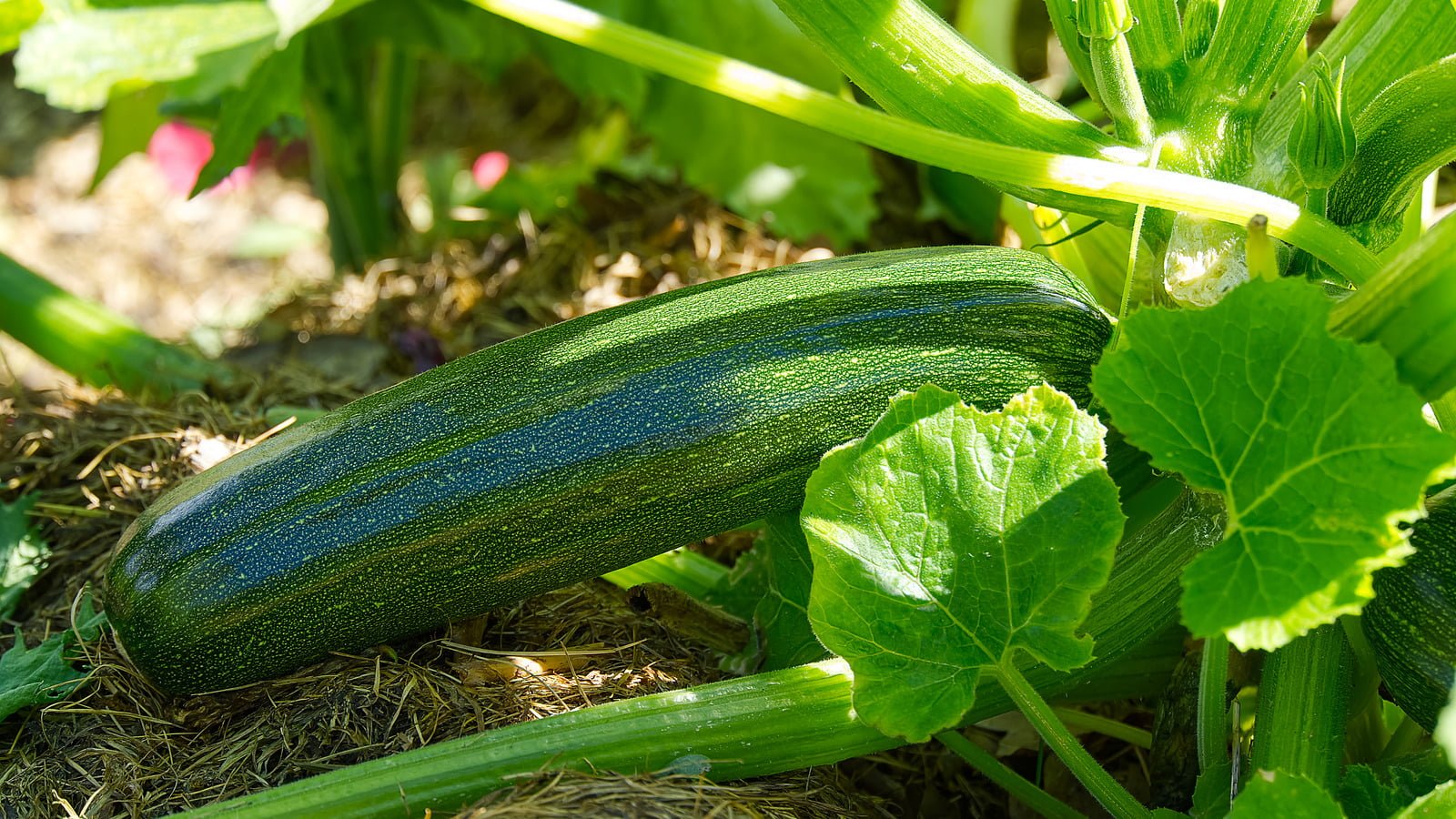
Watering Tips for Zucchini Plants
Morning Watering
Watering your zucchini plants in the morning is generally considered the best time for optimal growth. Morning watering allows the plants to absorb the moisture and nutrients throughout the day, enabling them to withstand high temperatures and avoid water stress. Watering in the morning also gives the excess moisture on the foliage ample time to dry before the cooler evening temperatures arrive, reducing the risk of fungal diseases.
Avoid Wetting Foliage
It is crucial to avoid wetting the foliage of your zucchini plants when watering. Wet foliage increases the chances of fungal diseases, such as powdery mildew, taking hold. Instead, focus your watering efforts at the base of the plants, aiming to keep the leaves as dry as possible. This helps to maintain a healthy plant canopy and minimizes the risk of pathogens spreading through droplets of water on the leaves.
Avoid Watering During Rain
While it may seem counterintuitive, it is generally unnecessary to water your zucchini plants during or immediately after rainfall. Monitor the weather forecast and adjust your watering schedule accordingly to avoid overwatering. The natural rainfall should provide sufficient moisture for your plants, reducing the need for supplemental watering. However, if the rainfall is sporadic or insufficient, you may still need to water selectively to maintain adequate hydration.
Water Conservation for Zucchini Plants
Collecting and Reusing Rainwater
One effective way to conserve water when growing zucchini plants is by collecting and reusing rainwater. Set up a rainwater collection system using barrels or containers positioned beneath downspouts to capture the rainfall. This collected rainwater can then be used to water your zucchini plants during dry periods, reducing the dependence on freshwater sources. Rainwater is also free from chemicals found in tap water, making it an environmentally-friendly choice for irrigation.
Using Mulch
As mentioned earlier, using mulch around your zucchini plants helps conserve water by reducing evaporation from the soil surface. Organic mulch retains moisture, provides insulation, and suppresses weed growth, decreasing competition for water resources. By maintaining a layer of mulch around your plants, you can help regulate soil moisture levels and minimize the frequency of watering. This sustainable practice not only conserves water but also improves overall soil health.
Avoiding Overwatering
One of the simplest and most effective ways to conserve water when watering zucchini plants is to avoid overwatering. Only water when necessary, based on the factors discussed earlier, and ensure proper soil drainage to prevent waterlogging. Overwatering not only wastes water but can also lead to detrimental effects on plant health. By being mindful of your watering practices and using water efficiently, you can effectively conserve water while still meeting the water needs of your zucchini plants.
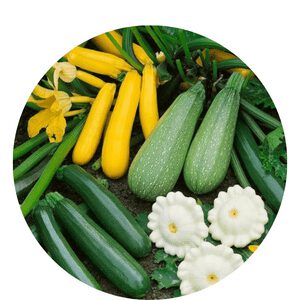
Troubleshooting Water Issues
Soil Drainage Problems
Poor soil drainage can lead to a range of water-related issues for zucchini plants. If your plants consistently show signs of wilting, even after watering adequately, it may indicate a drainage problem. Improperly drained soil can result in waterlogged roots, leading to root rot and poor plant health. To address this issue, consider amending the soil with organic matter to improve its drainage capacity, or consider adjusting the planting location if necessary.
Adjusting Watering Schedule
If you notice signs of underwatering or overwatering in your zucchini plants, it may be necessary to adjust your watering schedule. By carefully observing the moisture of the soil, the signs of your plants, and considering external factors such as climate and stage of growth, you can fine-tune your watering practices to provide optimal hydration. Regularly monitoring and making necessary adjustments to your watering schedule can help troubleshoot water-related issues effectively.
Addressing Pest or Disease Issues
In some cases, water-related issues in zucchini plants may be indirectly caused by pest or disease problems. Pests such as aphids or diseases such as fusarium wilt can hinder the plant’s ability to absorb and utilize water effectively. If you have ruled out watering issues as the cause of plant stress, it is crucial to inspect your plants thoroughly for signs of pests or diseases. Implement appropriate pest management and disease control strategies to address these issues alongside maintaining proper watering practices.
Monitoring and Adjusting Watering Practices
Regularly Checking Soil Moisture
Monitoring the moisture content of the soil is an essential practice when it comes to watering zucchini plants. Regularly check the soil moisture levels using a moisture meter or by simply feeling the topsoil with your finger. By establishing a routine of checking the soil moisture, you can develop a better understanding of your plants’ water needs and ensure consistent hydration.
Adjusting Watering Frequency
Based on the observations of soil moisture, weather conditions, and signs of plant stress, it may be necessary to adjust the frequency of watering. During periods of high temperatures or drought, you may need to increase the frequency of watering to compensate for increased evaporation and plant water loss. Conversely, during cooler or wetter periods, you may need to reduce the watering frequency to avoid overwatering. Being flexible and adaptable with your watering practices enables you to meet the varying water needs of your zucchini plants.
Adapting to Changing Weather Conditions
As weather conditions change throughout the growing season, it is important to adapt your watering practices accordingly. In hotter and drier periods, consider increasing the amount and frequency of watering to ensure your zucchini plants receive adequate moisture. During cooler or wetter periods, adjust your watering schedule to avoid excessive moisture retention and potential water-related issues. By staying attuned to the weather forecast and modifying your watering practices accordingly, you can provide optimal conditions for your zucchini plants’ growth.
In conclusion, understanding the water needs of zucchini plants is crucial for their successful growth and development. Factors such as climate, stage of growth, root depth, and soil type all influence the water requirements of these plants. By determining the appropriate watering schedule, recognizing signs of underwatering or overwatering, adopting effective watering techniques and irrigation methods, and implementing water conservation practices, you can ensure that your zucchini plants thrive. Regular monitoring, adjustment of watering practices, and troubleshooting of water-related issues are essential for maintaining healthy and productive zucchini plants. With proper care and attention, your zucchini plants will flourish and reward you with an abundant harvest.
